Tigers – Largest Cats, Beautiful Stripes, Like to Swim
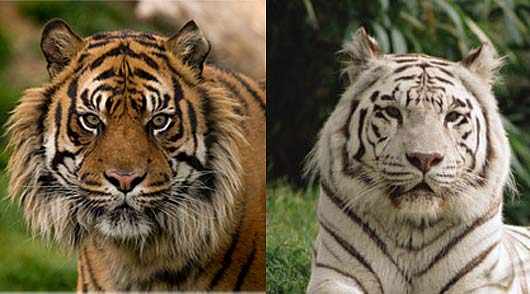
Tigers are the largest of the cat species. The body can be over 11 feet long (3.35 m) and they can weigh over 850 lbs (380 kg). The total number of tiger subspecies was once nine, however, only six of these remain and three are extinct. The six remaining subspecies are listed as critically endangered by the International Union for the Conservation of Nature. They once roamed a wide range of territory across Asia, from Russia to Turkey but now they are confined to small pockets of territory.
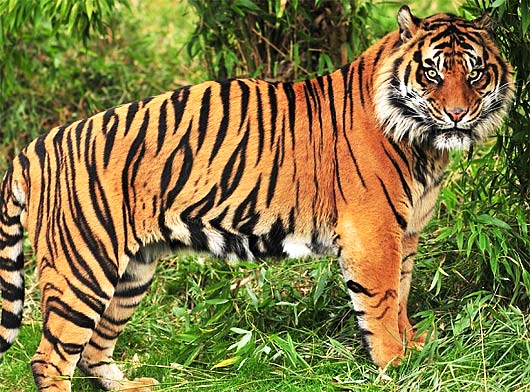
The physical characteristics of the large cats include the well-known orange coat with black or brown stripes and white undersides. Each of the cats has a unique striping pattern just as human fingerprints are unique. The stripes are not only the color of their fur but the skin is striped as well. It is thought that the stripes help camouflage the cats.
Unlike most cat species, tigers like to lounge in water and are very strong swimmers. They prefer to hunt at night and various deer species are some of their favorite prey.
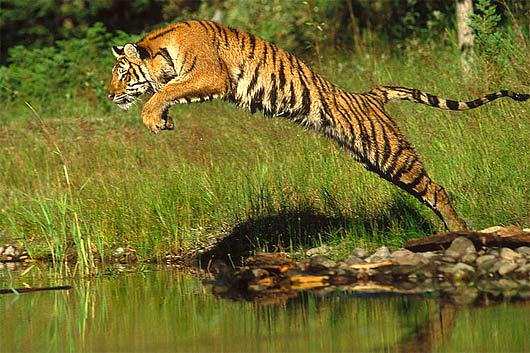
The three extinct subspecies are the Bali, the Caspian and the Javan tiger. The last known individual Bali tiger died in 1937 while the other two subspecies died out in the 1970s.
The 6 existing subspecies are:
Bengal Tiger – Panthera Tigris Tigris
This subspecies is also referred to as the Royal Bengal. It is commonly found in Bangladesh and India but can also be found in Bhutan, Burma and Nepal. They are the second largest of the living subspecies of tiger.
Bengal tigers may also sport a striking white coat with blue eyes. This white coat is due to a double recessive allele that is present in their genetic makeup. However, such occurrences only take place about once in each 10,000 births.
Indochinese Tiger or Corbett’s Tiger – Panthera Tigris Corbetti
Corbett’s tigers are found in Burma, Cambodia, Laos and Thailand. They feature fur that is a darker shade of orange when compared to the other subspecies.

Malayan Tiger – Panthera Tigris Jacksoni
It was only in 2004 when the Malayan tiger was identified as separate from the Indochinese tiger. The two subspecies are almost the same, the only difference being that the Malayan tiger is smaller in size. In Southeast Asia, Malaysia and Thailand are where this tiger can be found.
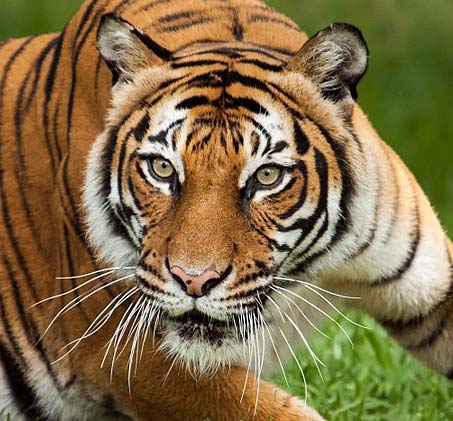
Siberian Tiger or Amur Tiger – Panthera Tigris Altaica
The Amur tigers are the largest of the subspecies. Currently living individuals have not been measured to be as large or heavy as some individuals reported before the 1970s. They are found in areas of the Russian Far East, in the provinces of Khabarovski Krais and Primosky Krais. There are only about 500 individuals in the wild.
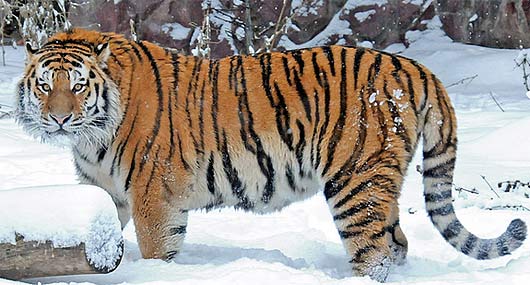
South China Tiger – Panthera Tigris Amoyensis
This tiger is commonly found in the eastern and central part of China. Unfortunately, the South China tiger is among the species that is nearing extinction. The most recent count had reported that 47 of these tigers are living in total, in Chinese zoos. It is not known if there are still any wild South China tigers left.
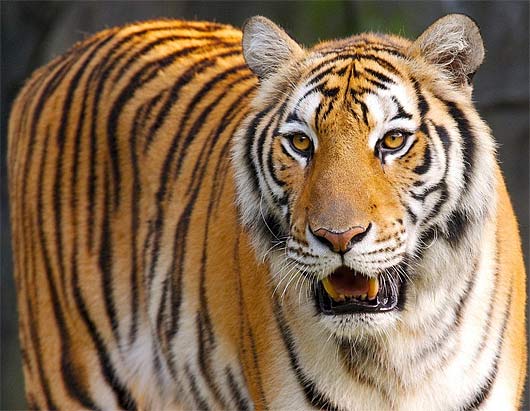
Sumatran Tiger – Panthera Tigris Sumatrae
The name of this tiger subspecies was derived from the only place in the world that it inhabits : Sumatra, Indonesia. As of recent report from the U.S. Fish and Wildlife Service, there are only 400-500 Sumatran tigers left. Sumatran tigers are the smallest among the subspecies. They have the darkest coat which features broad-black stripes, spaced closely and striped forelegs.
